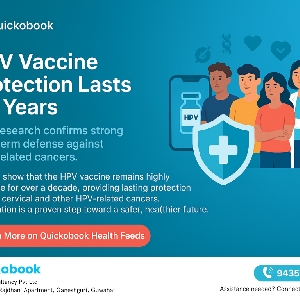
New Study Shows Long-term Effectiveness Of Hpv Vaccine
Introduction The Human Papillomavirus (HPV) vaccine has long been hailed as a major medical break...
Read MoreYour trusted source for health insights, wellness tips, and medical expertise

Introduction The Human Papillomavirus (HPV) vaccine has long been hailed as a major medical break...
Read More
Introduction Many people take their phones to the toilet for a “quick scroll.” But wh...
Read More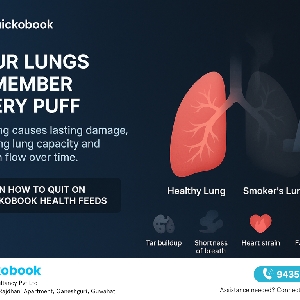
Introduction Lighting up a cigarette may seem harmless at first, but each puff delivers over 7,00...
Read More
Introduction Itchy eyes are a very common problem in India, often linked to eye allergies, drynes...
Read More
Introduction Pubic hair is one of the natural changes that occur during puberty. For many, it rai...
Read More
Introduction Male fertility is an important yet often overlooked aspect of reproductive health. O...
Read More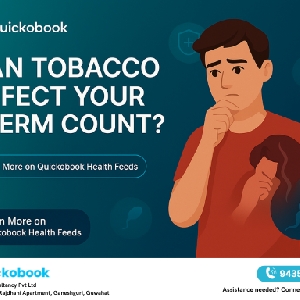
Introduction Tobacco has been linked to several health problems, but many men don’t realize...
Read More
Introduction HIV, or Human Immunodeficiency Virus, remains one of the world’s most signific...
Read More
Introduction When it comes to hygiene, many women take extra care of their private parts — ...
Read More
Introduction Sudden changes in the body can be unsettling, especially when they involve sensitive...
Read More
???? New to QuickoBook? Start Here When you're unwell or simply short on time, navigating the...
Read More
Chest pain, what does it mean? chest pain is frightening because it sits so close to the heart&md...
Read More
What is Keratin? Keratin is a fibrous protein found in human, which forms up the hair, nails &...
Read More
Importance of fat in our body Fats are an important part of your diet but some types are healthie...
Read More
What are the specific kinds of thyroid disorders? There are specific kinds of thyroid disorders w...
Read More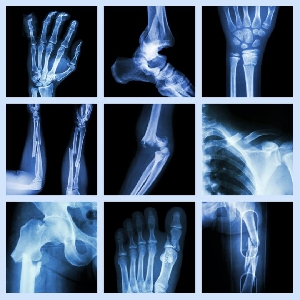
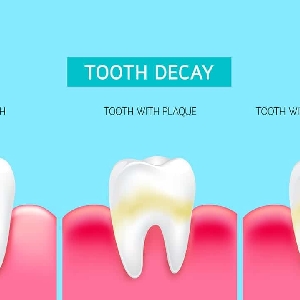
What are cavities? A cavity, also called tooth decay, is a hole that forms in your tooth. Cavitie...
Read More
Why do you need carbohydrates? Carbohydrates are your body's main source of energy: They help...
Read More
How to relieve itchy skin? Rashes can be maddeningly itchy, no matter what the cau...
Read More
When Should I See a Doctor for a Cold or Flu? You already know that a scratchy throat, annoying&n...
Read More
Benefits and sources of calcium Calcium is a nutrient that all living organisms need, including h...
Read More
The Importance of Vitamins to Your Body What are the health benefits of vitamin D? T...
Read More
Symptoms of astigmatism The symptoms of astigmatism may differ from person to person. Some ...
Read More
What is astigmatism? Astigmatism is a common vision problem caused by an error in the shape of th...
Read More
What is colour blindness? An inherited condition where the ability to distinguish between certain...
Read More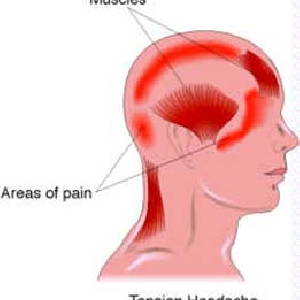
If you are suffering from chronic or recurrent headaches, you should consult your doctor and they ma...
Read More
Thinning Hair: Can Medications Help? There can be many reasons which cause women to lose more&nbs...
Read More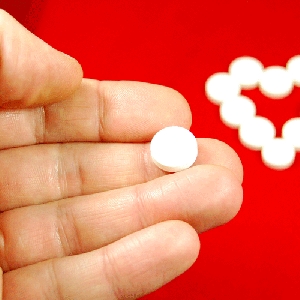
HIGH BLOOD PRESSURE (HYPERTENSION) MEDICATIONS There are several classes of blood pressure&n...
Read More
Need for water in our body Being attentive to the amount of water you drink each day is importan...
Read More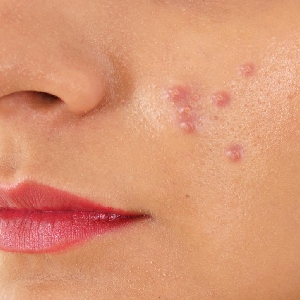
These days acne has become a common issue among the youths. Food habits, pollution, and chemical tre...
Read More
Down syndrome What is Down syndrome? Down syndrome (sometimes called Down’s syndrome) is...
Read More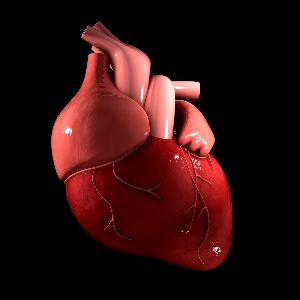
The heart is a muscular organ about the size of a fist, located just behind and slightly l...
Read More
Headaches can be more complicated than most people realize. Different kinds can have their own set o...
Read More
A bone fracture is a medical condition where the continuity of the bone is broken. A significant ...
Read More
Rashes are abnormal changes in skin color or texture. They usually result from skin&n...
Read More
Allergies An allergy is an immune system response to a foreign substance that’s not typical...
Read More
Everything you need to know about scurvy Scurvy is the name for a vitamin C deficiency. It can le...
Read More
Breast Cancer and its Treatments Breast cancer is cancer that forms in the cells of the breasts. ...
Read More
Gallstones: Cause and Treatment ERCP Open pop-up dialog box Tests and procedures used to diagn...
Read More
Acne is a skin condition that occurs when your hair follicles become plugged with oil and dead skin ...
Read More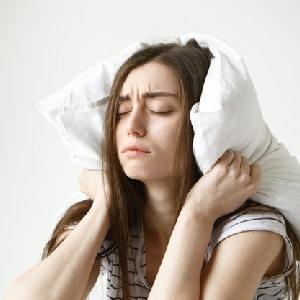
What Is Insomnia? Insomnia is a sleep disorder in which you have trouble falling a...
Read More
A common reason for absence from work and for seeking medical treatment is Back Pain. It can be unco...
Read More
What is a slipped disc? A spinal column is made up of a series of bones (vertebrae) stacked onto ...
Read More
Types or categories of Sexual Dysfunction Desire disorders These disorders mostly affect the s...
Read More
Goiter A condition that increases the size of your thyroid is called a goiter and may d...
Read More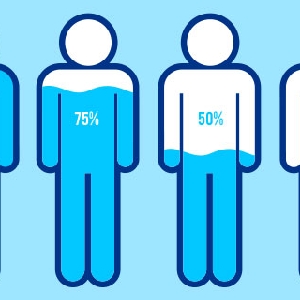
Dehydration occurs when more water and fluids leave the body than enter it. Even low levels of dehyd...
Read More
Parkinson's disease is a progressive nervous system disorder that affects movement. Symptoms sta...
Read More
Arthritis: types and symptoms Arthritis is the swelling and tenderness of one or more of your joi...
Read More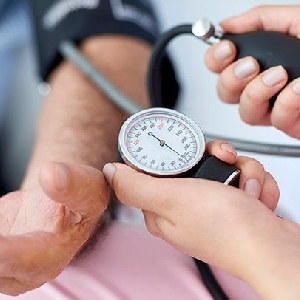
What is blood pressure? Blood pressure is the force of your blood pushing against the w...
Read More
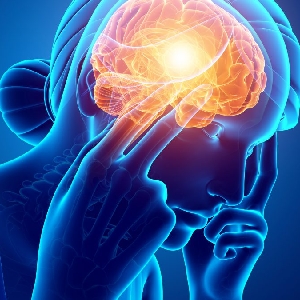
What is migraine? Migraine is a neurological condition that can cause multiple symptoms. It&rsquo...
Read More


Understanding hormonal imbalance Hormones are the body’s chemical messengers. Produced i...
Read More
Everything you need to know about Heart Disease: Heart disease means any condition affecting the ...
Read More
Maintaining a Healthy Lifestyle Only Physical fitness is not the sole basis of being he...
Read More

What do you mean by Balanced diet? A “Balanced diet” is a balanced proporti...
Read More
Giardia lamblia is both the most common intestinal parasite in the United States and a frequent caus...
Read More
Across all disciplines, at all levels, and throughout the world, health care is becoming more comple...
Read More
Book appointment & health checkups;
Online lab test & consult doctor online
Get the link to download the app